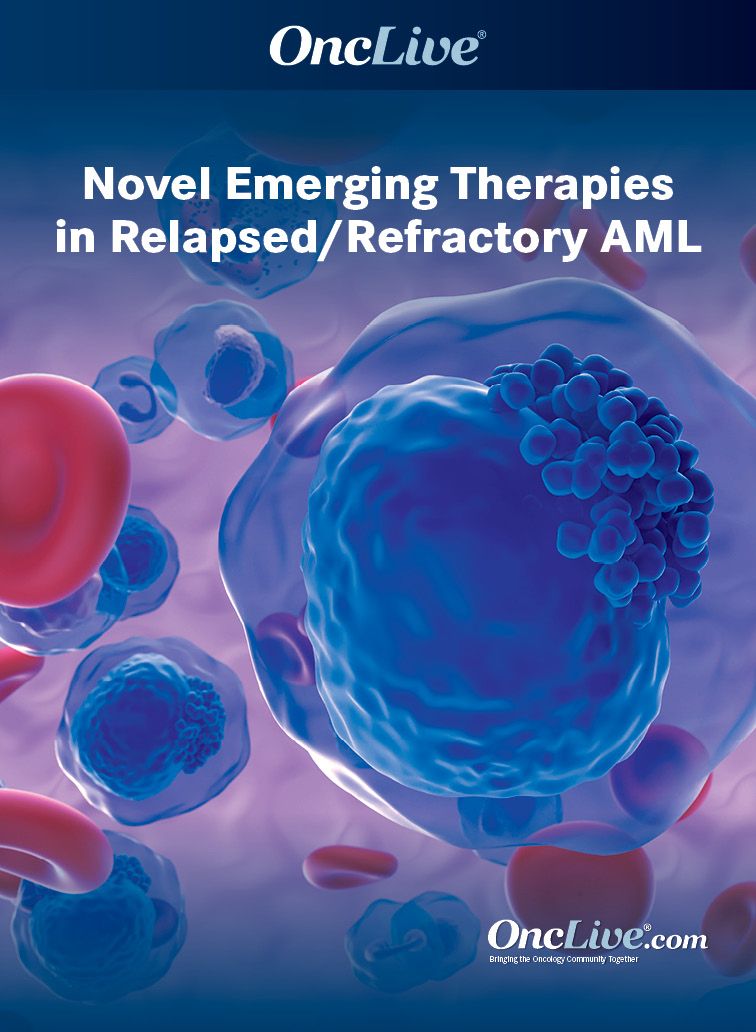Commentary
Video
Dr Carraway on the Importance of NGS in Relapsed/Refractory AML
Author(s):
Hetty E. Carraway, MD, MBA, discusses the importance of testing for targetable mutations in patients with relapsed/refractory acute myeloid leukemia.
Hetty E. Carraway, MD, MBA, staff associate professor, Department of Medicine, School of Medicine, Cleveland Clinic Lerner College of Medicine of Case Western Reserve University; member, Immune Oncology Program, Case Comprehensive Cancer Center; vice chair, Strategy and Enterprise Development, Taussig Cancer Institute, Division of Hematologic Oncology and Blood Disorders, Cleveland Clinic, discusses the importance of testing for targetable mutations in patients with relapsed/refractory acute myeloid leukemia (AML).
Performing repeat next-generation sequencing (NGS) is crucial for determining optimal targeted therapies for patients with relapsed/refractory AML, Carraway says, noting that NGS can identify actionable mutations, including NPM1, FLT3, IDH1, IDH2, and TP53 mutations, as well as KMT2A rearrangements. Furthermore, clinical trial enrollment is often recommended for these patients to afford them the opportunity to receive investigational regimens that may optimize response rates and serve as bridging therapies for curative-intent bone marrow transplants in eligible patients, Carraway explains.
For oncologists who are less familiar with managing AML, collaboration with pathologists is vital to ensure a comprehensive understanding of the AML phenotype in addition to the individual’s cytogenetic profile and NGS mutation results, Carraway emphasizes. This multidisciplinary collaboration aids in assessing AML risk in individual patients and identifying suitable frontline targeted therapies, Carraway notes. Close monitoring, transfusion support, and infection management are necessary when treating patients with intensive chemotherapy or azacitidine (Vidaza) plus venetoclax (Venclexta), according to Carraway.
Furthermore, clinical trials should be considered for all patients with newly diagnosed and relapsed/refractory AML, Carraway says. Advances in measuring minimal residual disease are growing increasingly sophisticated, and these tools may improve post-chemotherapy and post-transplant outcomes, Carraway explains.
Carraway encourages oncologists to seek guidance from the leukemia treatment community if they have questions regarding the treatment of patients with AML. Colleagues can provide support and expertise to each other to navigate the complexities of managing this difficult-to-treat disease, Carraway concludes.










